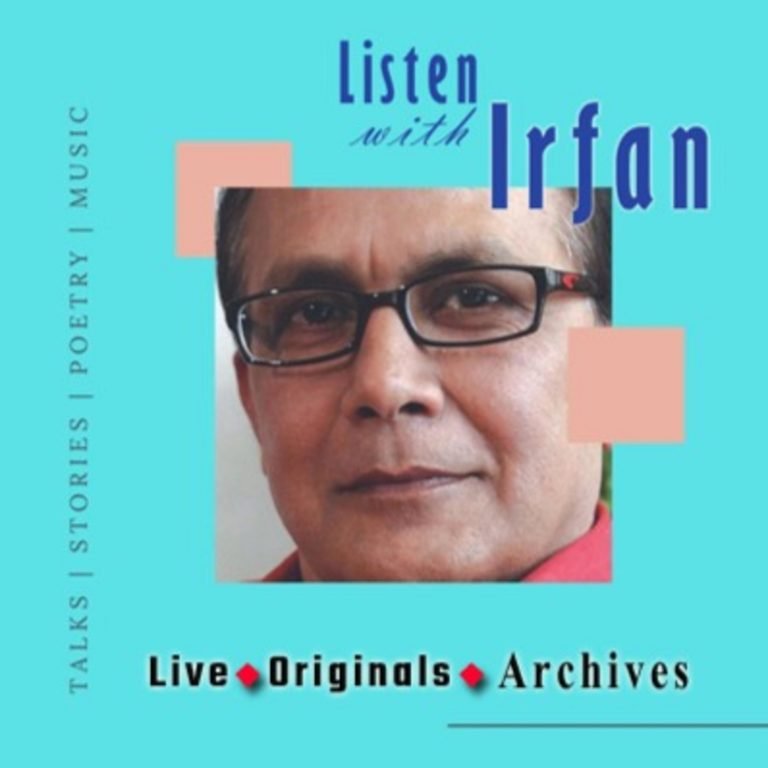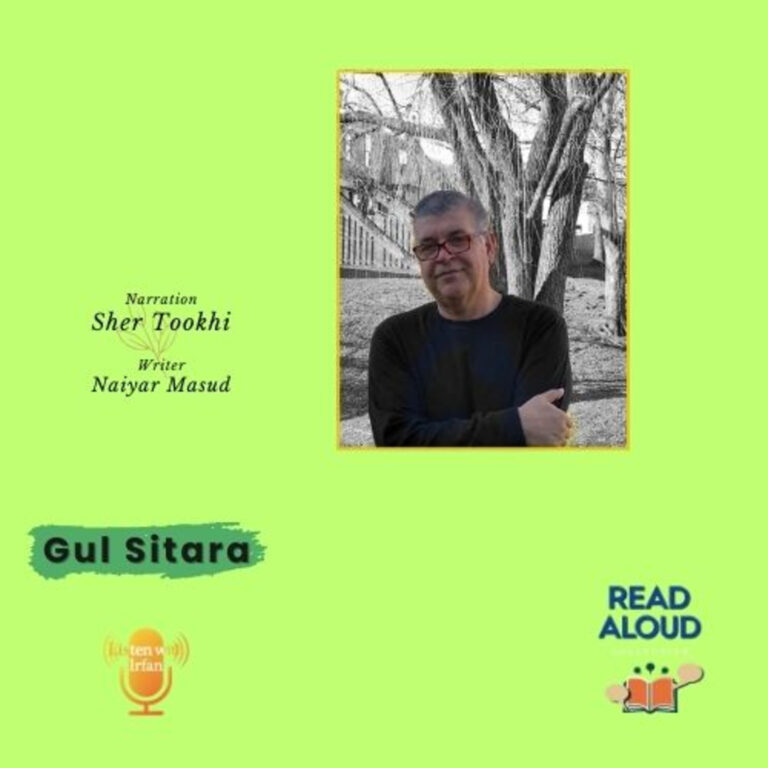Guftagoo™
With Irfan
A heart-to-heart interview based exclusive show started on Rajya Sabha TV. Guftagoo is an explorative-inquisitive and intimate conversation with celebrated personalities from various fields of Cinema, Theatre, Visual Arts, Literature and Culture.
The show focuses on the life experiences, emotional conflicts, inspirations, struggles that brought out the the real self in them and shaped the way they perceived the world.
Show’s founder producer and host is Syed Mohd Irfan
Irfan is an industry veteran with a rich media experience of over three decades. He has been associated with all forms of media from print, radio, television to the digital media.
As a host and media personality Irfan has been the marvelous communicator and and bridge builder known for his knowledge, precision and compassion, as a television host his appeal exists from art and culture doyen to all people together, evolved.
Guftagoo is an attempt to put together the guest’s concerns, ideas, passions towards his/her fields and reflections on existing time and society. Interspersed with relevant visuals/songs/video clips and inputs from person’s work.
Now available on BBC
Podcast | Listen with Irfan

A Tapestry of Voices and Stories, Spun with Care
A soulful creation shaped by affection, thriving on the warmth of its listeners. Your contribution helps keep this free, bringing global stories, rare sound recordings, and personal music archives to all without paywalls. I curate voices, readings from literature, and cultural studies with immense care.
Through my recent initiative, Read Aloud Collective, voices from around the world are coming together in celebration of spoken word.
Grateful for your love -keep listening, keep supporting!
Contribute: https://rzp.io/rzp/Memorywala
Curated by Irfan
Listen with Irfan (LwI)
A tapestry of voices and stories, spun with care
Support LwI — a soulful creation shaped by affection, thriving on the warmth of its listeners. Your contribution helps keep this free, bringing global stories, rare sound recordings, and personal music archives to all without paywalls. I curate voices, readings from literature, and cultural studies with immense care.
Through my recent initiative, Read Aloud Collective, voices from around the world are coming together in celebration of spoken word.
Grateful for your love -keep listening, keep supporting!
Bank Name: State Bank Of India
Name: SYED MOHD IRFAN
Account No:32188719331
Branch: State Bank of India, Vaishali Sec 4, Ghaziabad
IFSC–SBIN0013238
UPI/Gpay ID irfan.rstv-2@oksbi
Support LwI by contributing: https://rzp.io/rzp/Memorywala
PayPal paypal.me/farah121116
Your comments and feedback are welcome. Write to ramrotiaaloo@gmail.com
Music Courtesy Oleksii Kalyna from Pixabay


